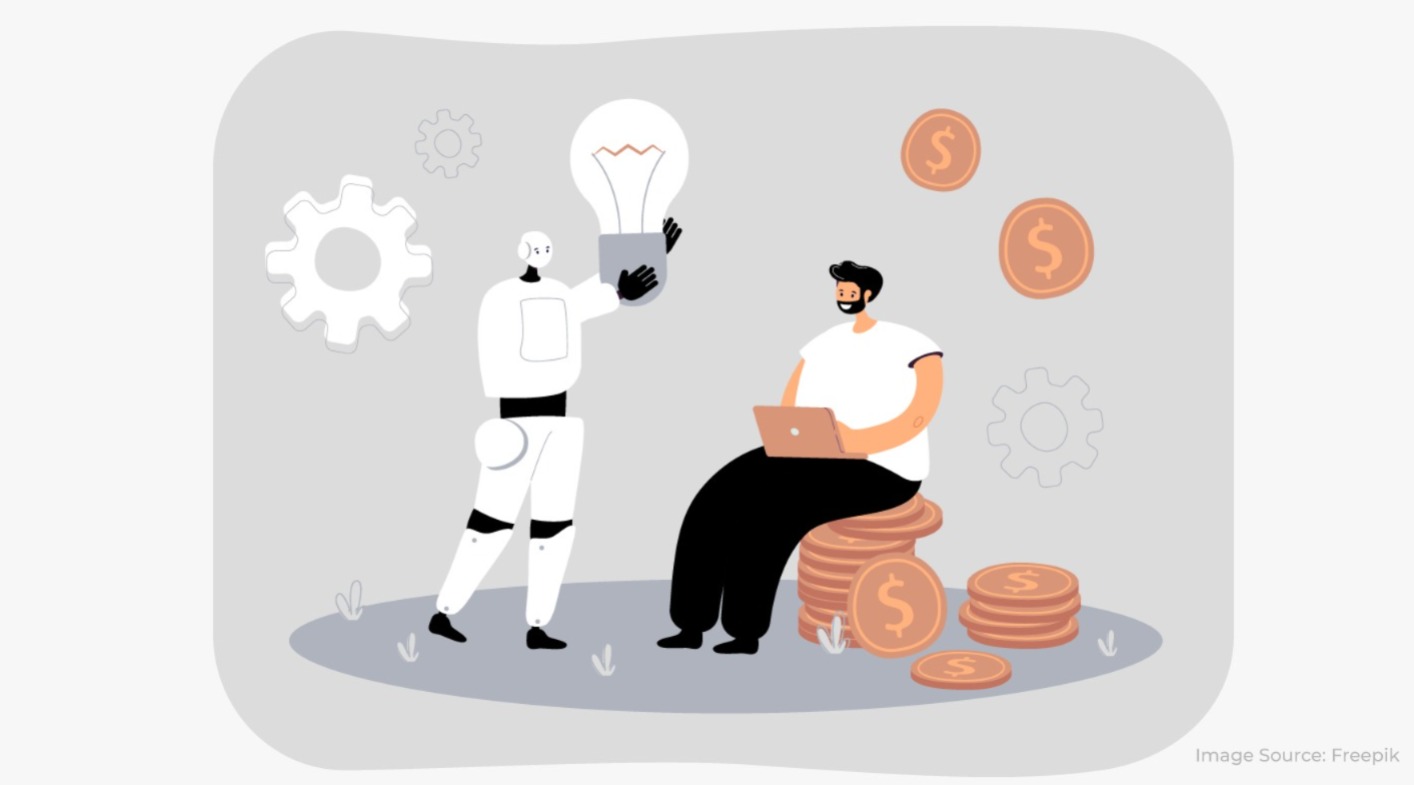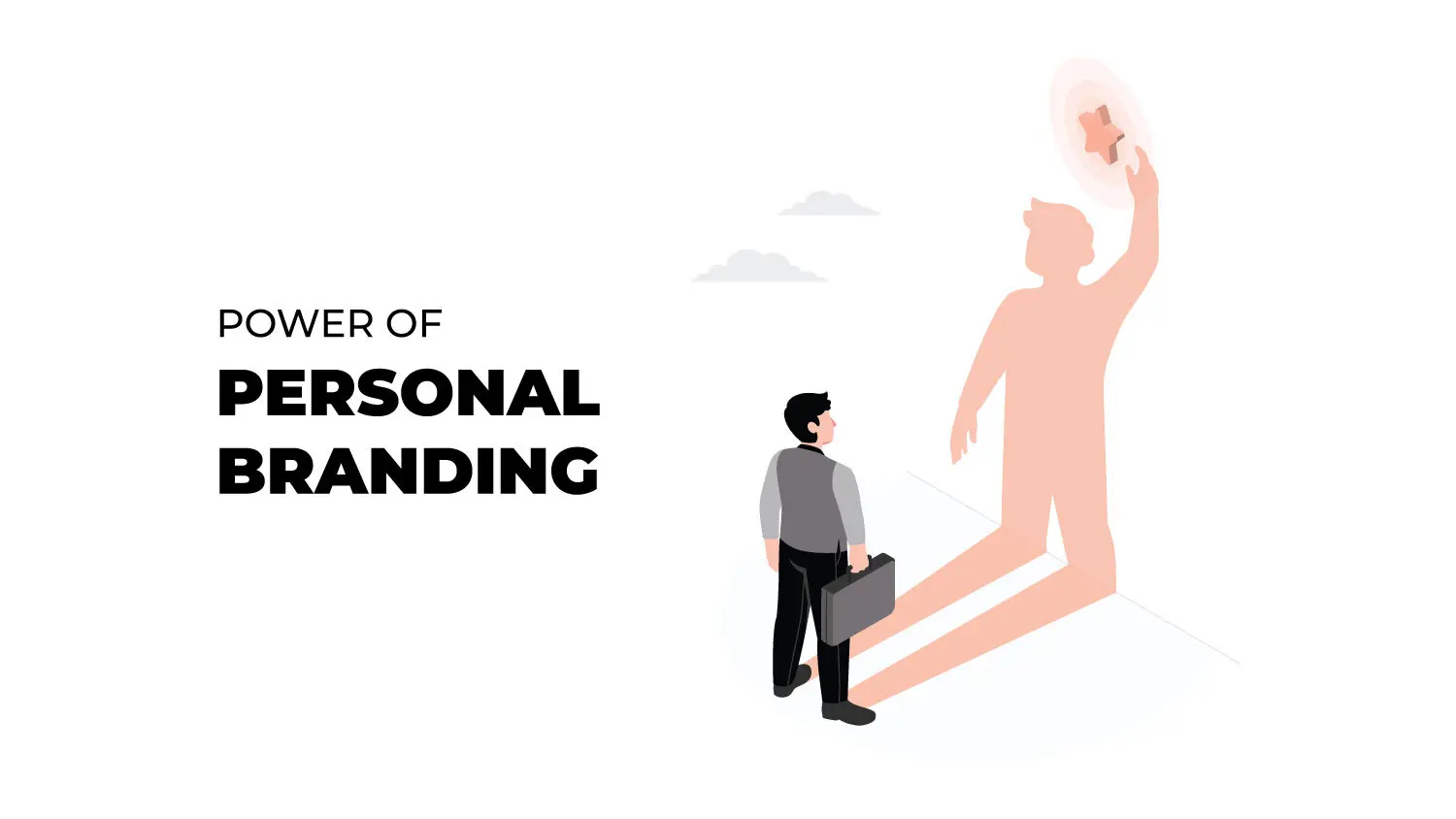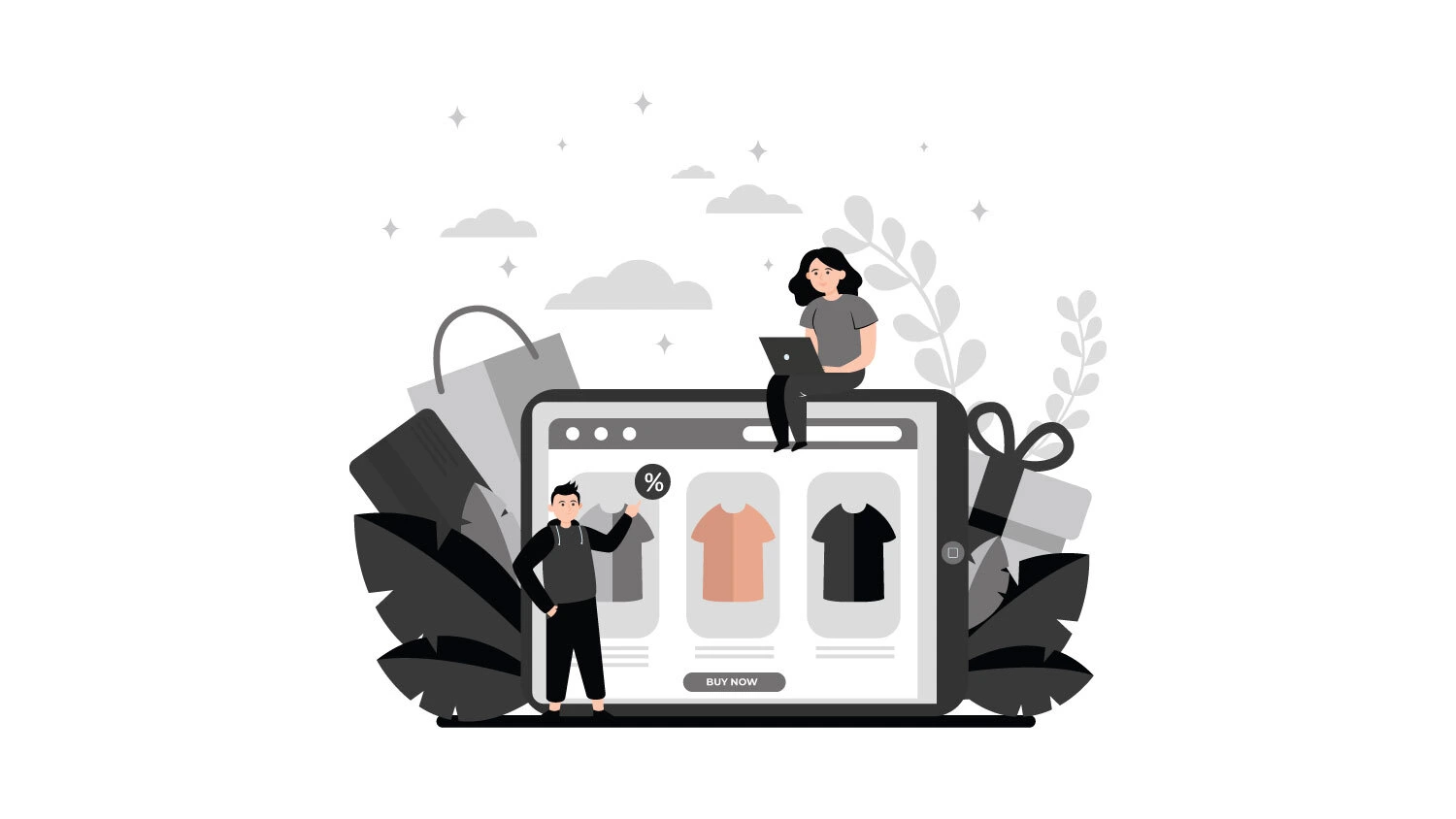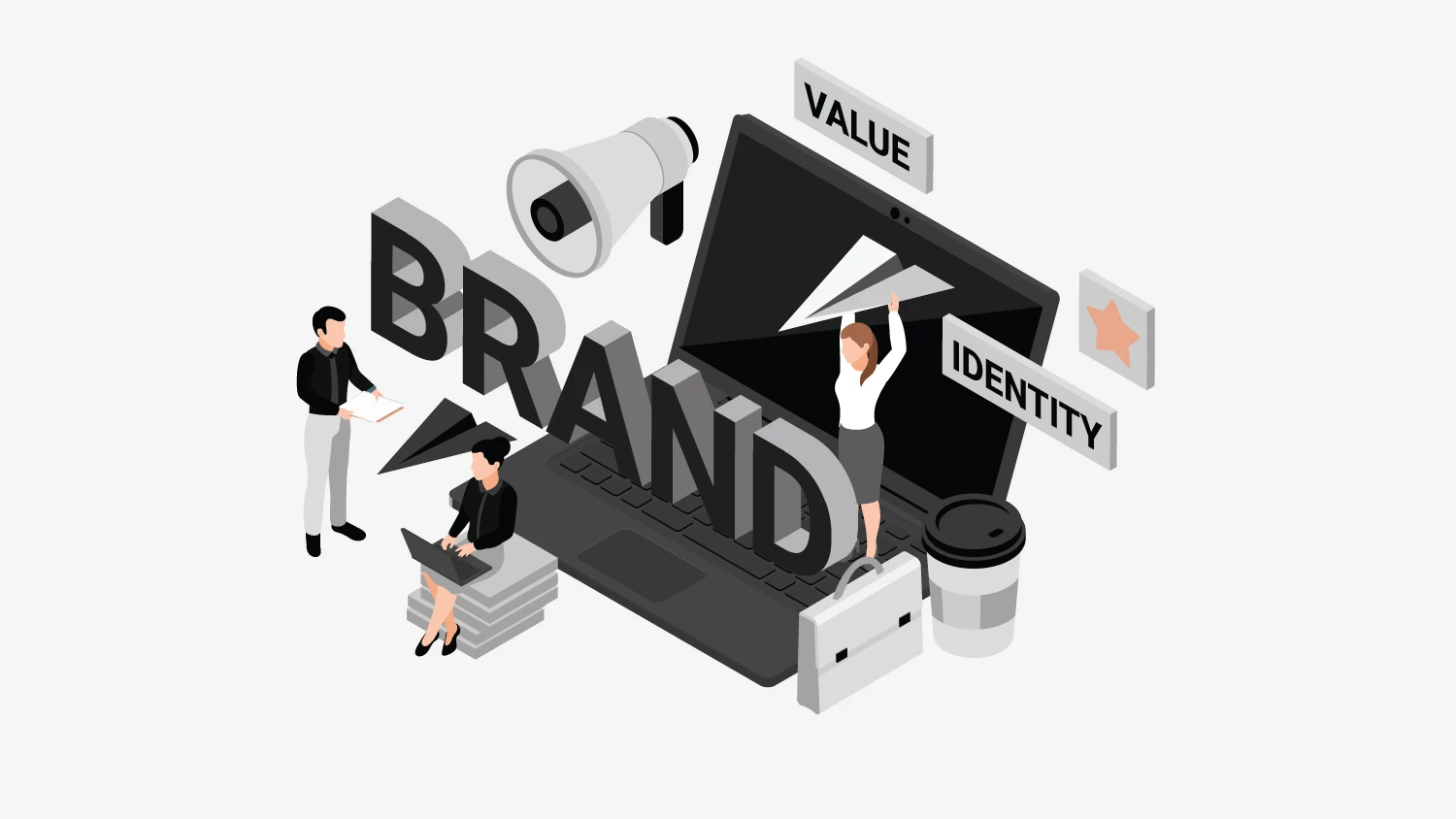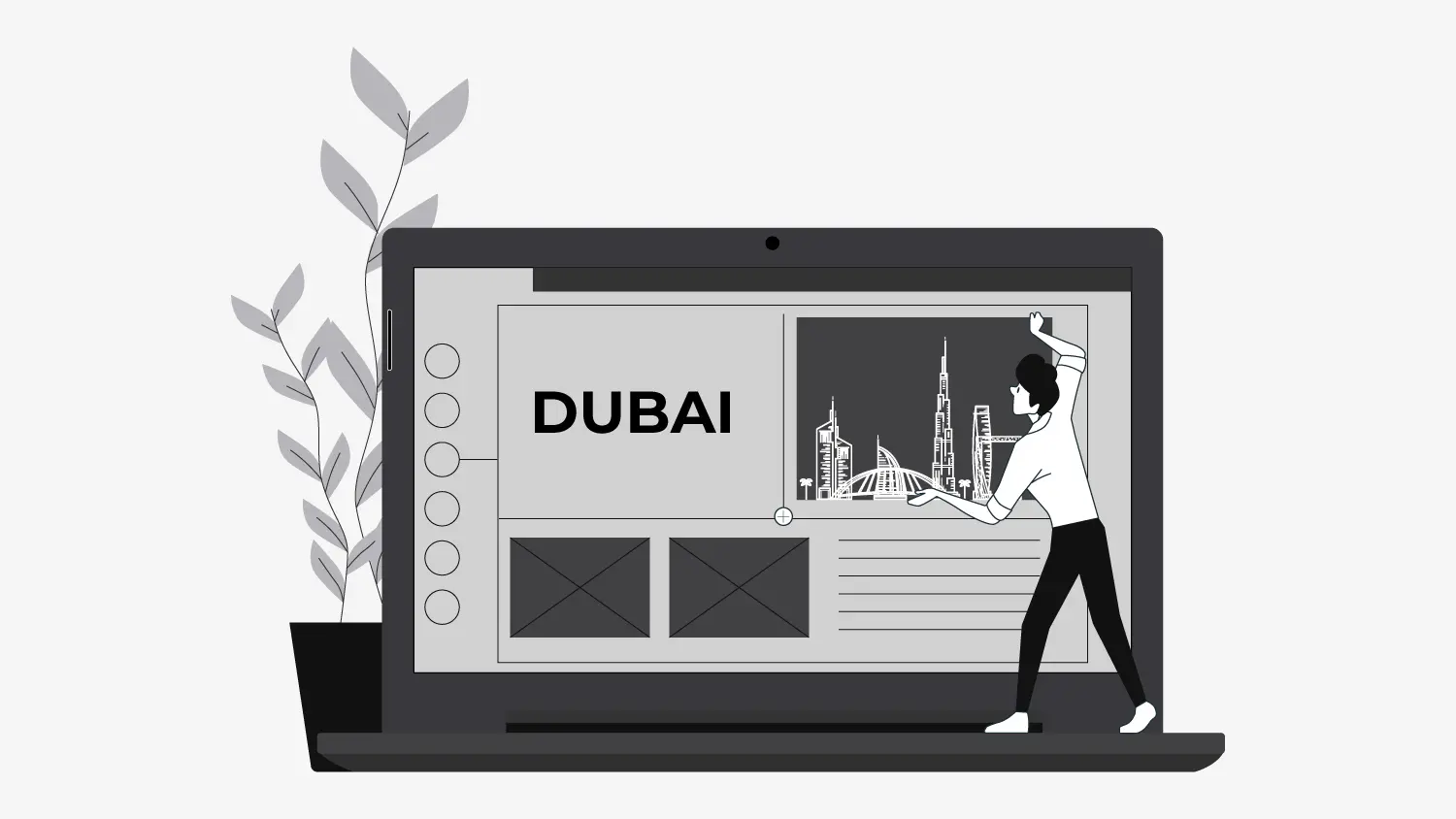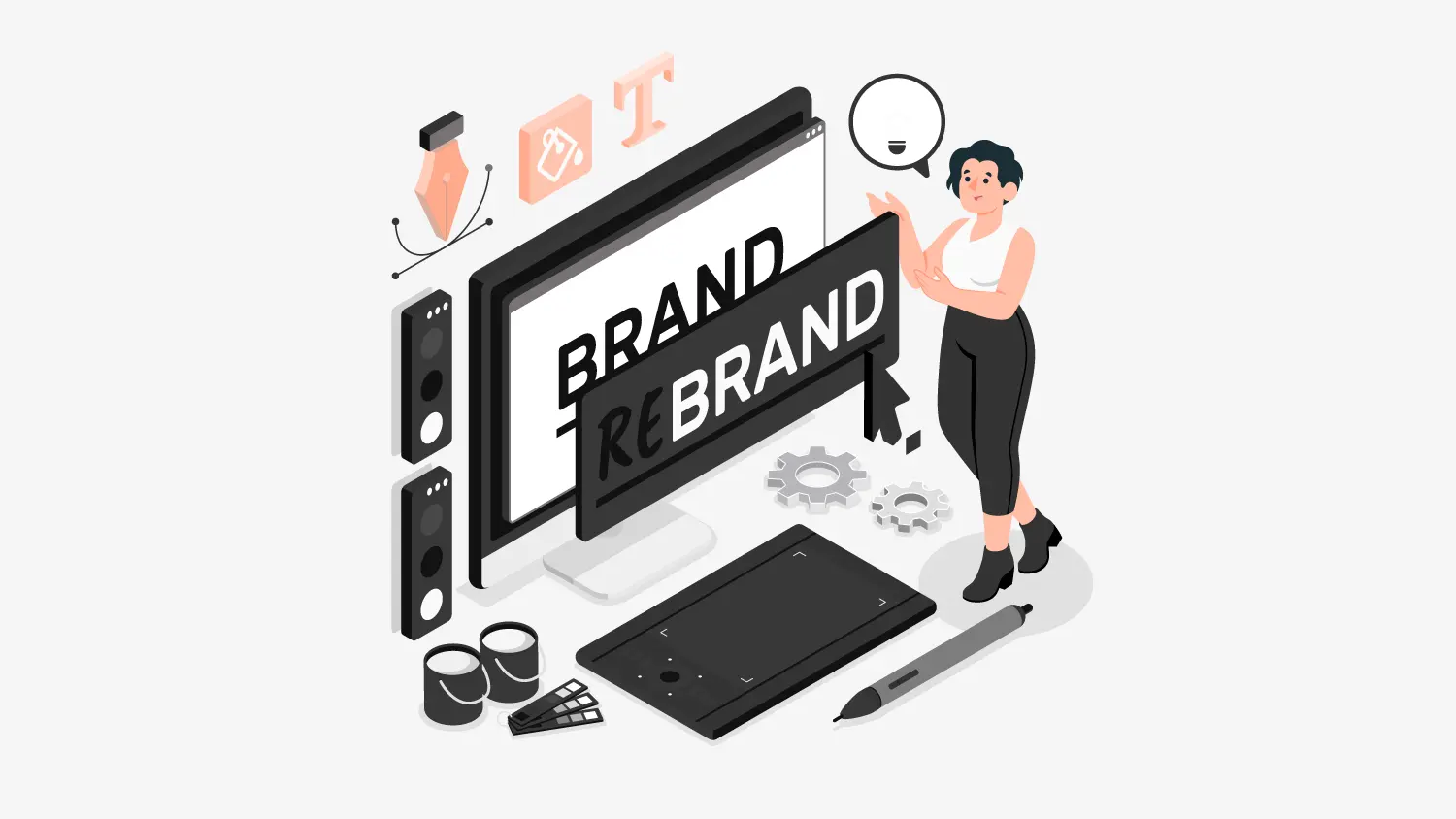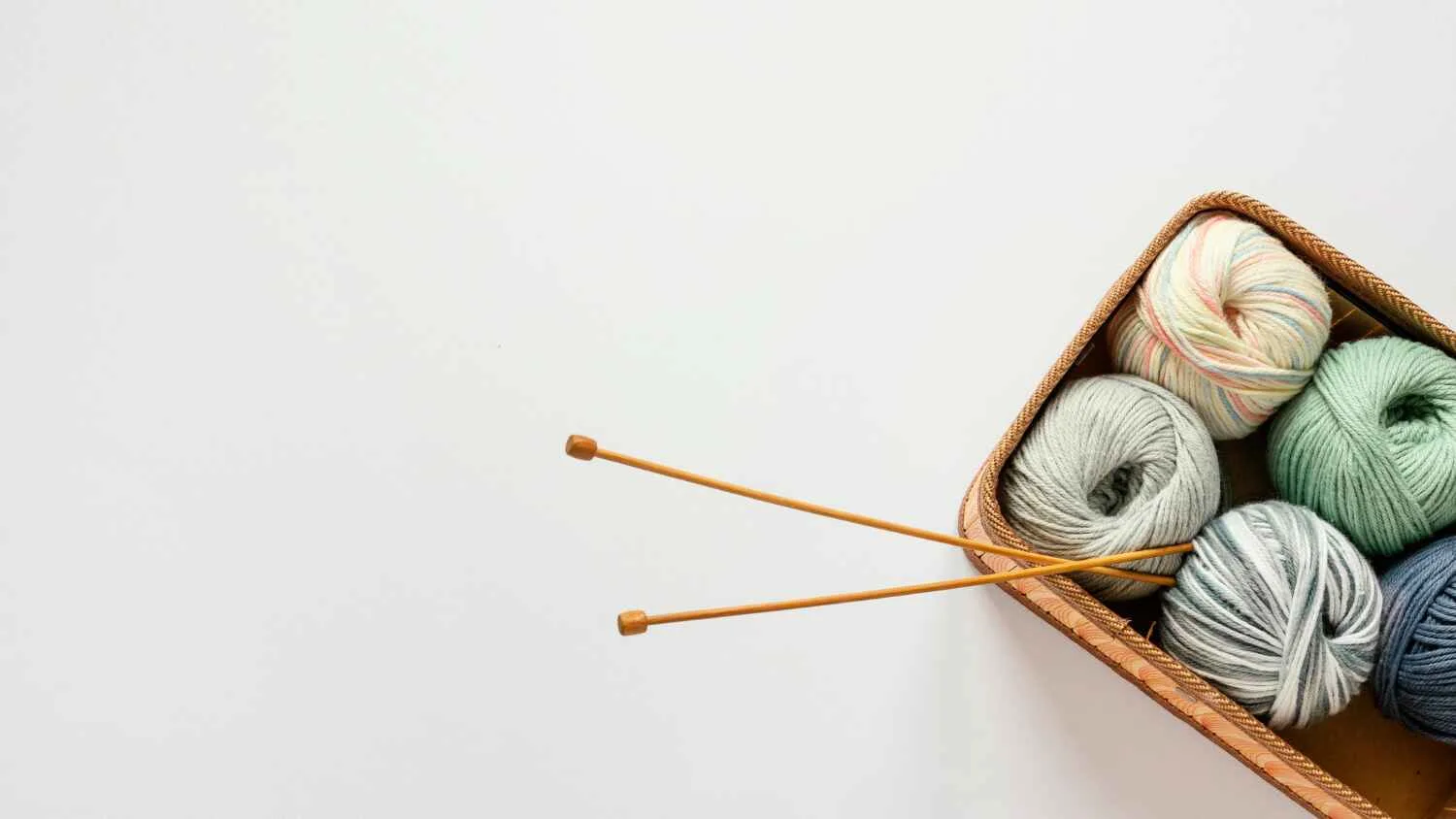The question standing behind the minds of a vast majority of humankind in this buzzing with technology century, is the one: Can AI replace human designers? The rapid expansion of AI tools might suggest that soon there won’t be any space for the human creative element anymore.
Here we will directly enter this interesting debate’s realm.
The Emergence of AI in the Design Industry
The AI revolution really started when it entered the world of design. Starting with logo generation to web page layout design, AI is now capable of rapidly proposing designs which earlier took human designer’s hours, if not days, to complete. AI-driven platforms like Canva and Adobe’s AI-powered tools are both good examples of how AI automates the complicated design processes as they offer users easy-to-use drag-and-drop interfaces and algorithms that learn and adapt to the trend.
Is that all? No, not really.
Creative Genius: The Human Factor
AI is an absolute star at speed and efficiency, but the real problem is that it just can’t generate truly creative ideas. Great design is about more than just choosing colors or placing elements in the right spot. It’s about storytelling, emotional impact, and creating experiences that resonate on a human level.
Human designers, on the other hand, bring a sense of self, intuition, and empathy to their work that AI machines are just not able to replicate.
A luxury brand, for instance, needs more than just aesthetically pleasing visuals; it needs to convey prestige, heritage, and emotion—nuances that AI struggles to grasp.
Collaboration, Not Competition
Instead of thinking of AI as a competitor, we should view it as a collaborator. AI can handle repetitive tasks and give designers more time to focus on the conceptual and emotional aspects of design that require human insight. Designers can leverage AI to enhance their work, from generating quick mockups to experimenting with new layouts or visual styles.
Think of it like this: AI can create the brush, but human designers are still the ones painting the masterpiece.
The Limits of AI in Design
AI lacks context, and context is critical in design. Human designers understand cultural nuances, brand stories, and the ever-changing world of trends and emotions. Designers can take risks, push boundaries, and think outside the box—traits that AI hasn’t yet mastered.
Moreover, AI designs tend to be derivative, pulling from pre-existing patterns and data sets. While this can be helpful, it lacks the originality and innovation that human designers bring to the table.
Here’s a possible metaphor to comprehend: AI can create the brush, but human designers are still the ones painting the masterpiece.
The Future: A Blend of Human Creativity and AI Efficiency
The design industry is one of the many fields that AI is transforming. Nevertheless, it will not replace human designers in the first place. On the contrary, it is highly probable that future design will include a perfect merger of human creativity and AI efficiency. Those designers who will use AI can confidently say that they are in the lead compared to their competitors, because AI allows them to optimize processes while still incorporating some parts of the design that only humans can provide.
Conclusion:
Humans Are Here to Stay. While AI is capable of quick processing, it is unable to provide the high-level thinking, sensitivity, and originality of human designers. On the contrary, it’s a very powerful and beneficial tool for them. Still, they can never take the place of human creativity. So, the AI design will carry on its way long into the future, however, the human factor will continue to gain its significance.
In the end, it’s not AI vs. humans. It’s about AI empowering human creativity. And that’s a future worth embracing.

